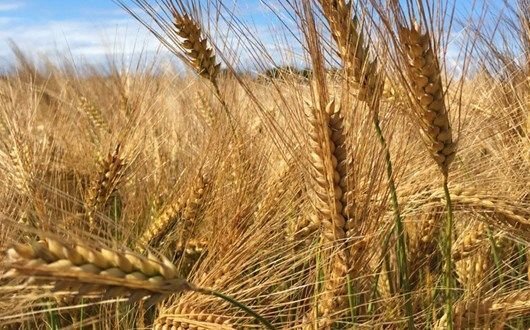The wheat prices will continue to grow in the 2022-2023 cycle as a result of Russia‘s invasion of Ukraine, projected the Food and Agriculture Organization of the United Nations (FAO).
In Ukraine, the escalating conflict raises fears about harvesting crops and exporting products. There is also uncertainty surrounding Russia’s export prospects, due to sales difficulties that may arise as a result of financial and transportation constraints.
These export shortfalls may further raise already high world food commodity prices.
FAO simulations gauging the potential impact of a sudden and sharp reduction in cereal and sunflower seed exports by the two countries indicate that these shortfalls could be only partially offset by the release of stocks during the 2022/23 marketing season.
ESTIMATED IMPACT OF THE WAR IN UKRAINE ON THE GLOBAL NUMBER OF UNDERNOURISHED
PEOPLE IN 2022
Because of this high degree of uncertainty, the simulations are presented using two scenarios. In a moderate scenario, which assumes a grain and oilseed export deficit of 24 million tons in 2022/23 and a crude oil price of USD 100/barrel, the world wheat price would increase 8.7 percent.
Wheat prices
In the case of a more severe disruption in world grain and oilseed markets (total export deficit of 58 million tons), the increase in the international wheat price is estimated at 21.5 percent, compared to the already high baseline level.
Prices of other grains and oilseeds would also increase, but to a lesser extent, according to FAO.
This export shortage may also be a consequence of damage to inland transport infrastructure and seaports, as well as storage and processing infrastructure in Ukraine.
The impact is compounded by limited alternatives, such as moving goods by rail rather than ship or switching to smaller processing facilities from modern oilseed crushing plants in the event of damage to key facilities.
At the same time, increased shipping costs would exacerbate the effects on the final costs of internationally sourced food products paid by importers.
Food security
A conflict affecting these important players in the global agricultural commodity market, at a time when international food and input prices are already high and increasingly volatile, raises serious concerns about the potential negative impact on global food security.
FAO simulations suggest that, in the moderate shock scenario, the number of people in the world in 2022 would increase by 7.6 million people, while this increase would amount to 13.1 million people above baseline estimates in the most severe shock scenario.
![]()

